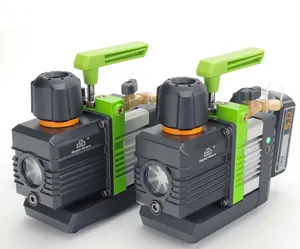Popular in your industry
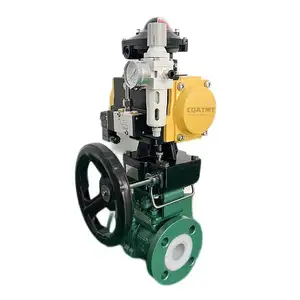





















































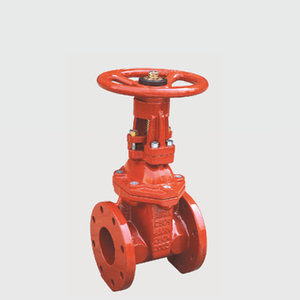

























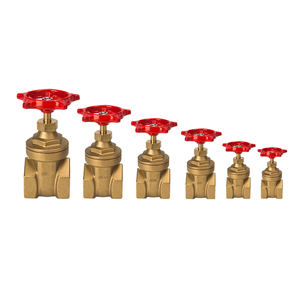



















































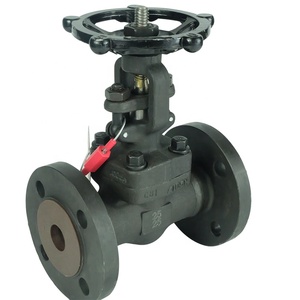







































































Top categories
About dn75 gate valve
Introduction to DN75 Gate Valves
Gate valves, particularly the DN75 gate valve, play a pivotal role in fluid control systems. The DN75 designation refers to the nominal diameter of the valve at 75 millimeters, which is a common size used in various industrial applications. These valves are designed to either halt or permit the flow of a liquid and are primarily used where there is a need for a straight-line flow of fluid with minimal restriction.
Types and Materials
There are several types of DN75 gate valves, including rising stem and non-rising stem models, each suited for different operational environments. The construction materials vary, ranging from cast iron and stainless steel to PVC and brass, catering to the diverse chemical and temperature requirements of various systems.
Features and Applications
The DN75 gate valve is known for its distinctive features such as tight sealing capabilities, durability, and ease of maintenance. These valves are commonly employed in wastewater treatment plants, agricultural irrigation, and other industrial processes where precise flow regulation is necessary.
Advantages of DN75 Gate Valves
Utilizing a DN75 gate valve offers several advantages, including low pressure drop when fully open and the ability to cut through thick fluids or slurry. Their design is optimized for situations requiring on/off control rather than flow regulation, making them an efficient choice for many systems.
Selection Considerations
When selecting a DN75 gate valve, factors such as the type of fluid, pressure requirements, and operating environment should be considered. It is crucial to choose a valve material compatible with the fluid to prevent corrosion and ensure the longevity of the valve.
Maintenance and Care
Regular maintenance of a DN75 gate valve is essential for optimal performance. This includes periodic inspections to check for leaks or wear and timely replacement of components as needed to maintain the integrity of the fluid control system.


